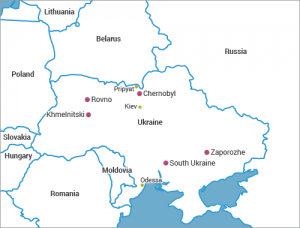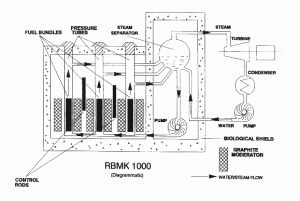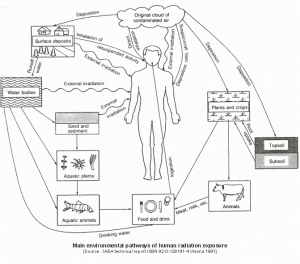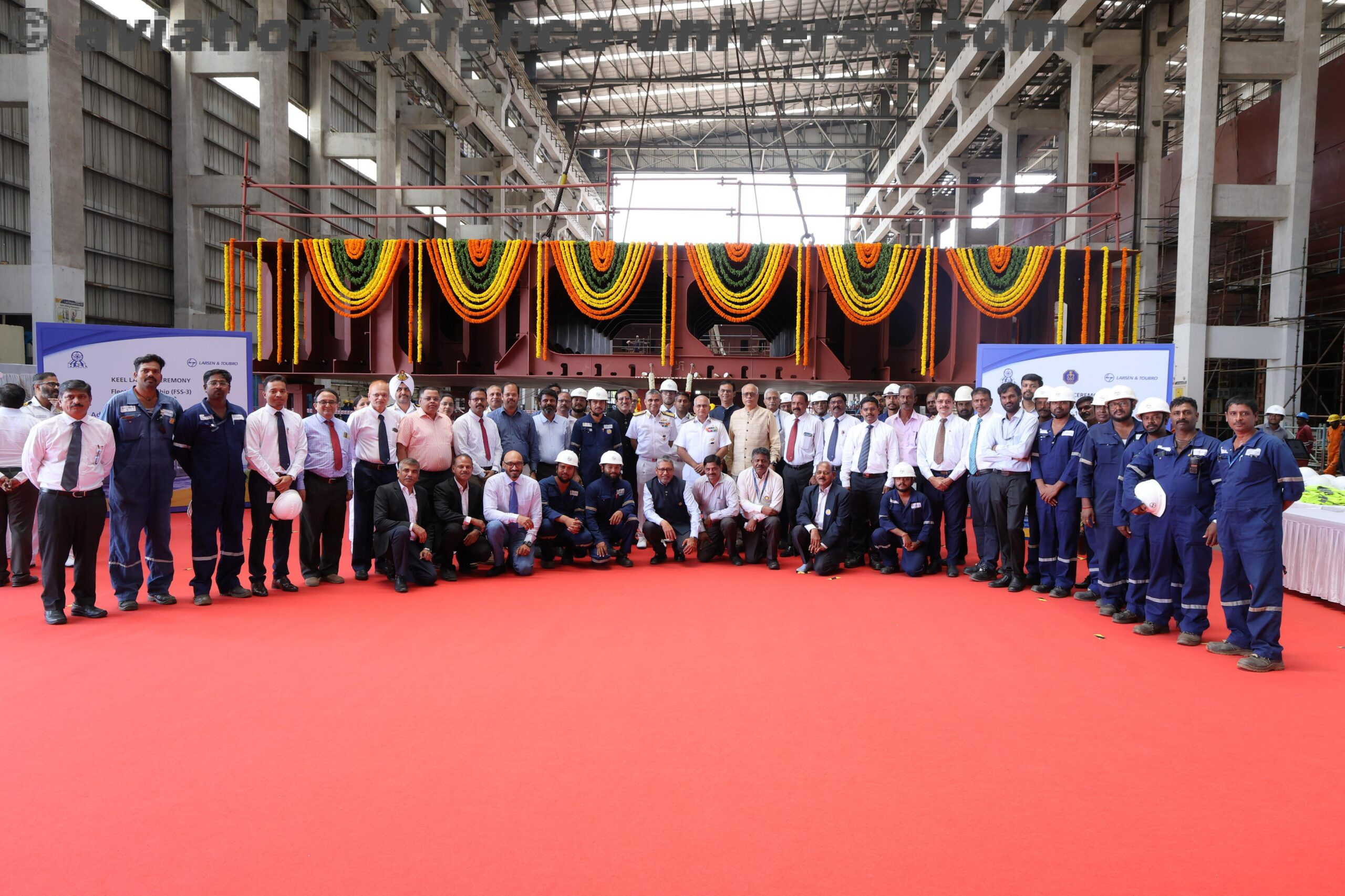
New Delhi. 26 April . In 1986 in 26th April the world saw it’s worst nuclear disaster to date which occurred at Chernobyl, in Kiev. Thirty-one people died in the incident and thousands more were exposed to radioactive material.
The Chernobyl Power Complex, lying about 130 km north of Kiev, Ukraine, and about 20 km south of the border with Belarus, consisted of four nuclear reactors of the RBMK-1000 design (see information page on RBMK Reactors). Units 1 and 2 were constructed between 1970 and 1977, while units 3 and 4 of the same design were completed in 1983. Two more RBMK reactors were under construction at the site at the time of the accident. To the southeast of the plant, an artificial lake of some 22 square kilometres, situated beside the river Pripyat, a tributary of the Dniepr, was constructed to provide cooling water for the reactors. This area of Ukraine is described as Belarussian-type woodland with a low population density. About 3 km away from the reactor, in the new city, Pripyat, there were 49,000 inhabitants. The old town of Chernobyl, which had a population of 12,500, is about 15 km to the southeast of the complex. Within a 30 km radius of the power plant, the total population was between 115,000 and 135,000 at the time of the accident.
The accident caused the largest uncontrolled radioactive release into the environment ever recorded for any civilian operation, and large quantities of radioactive substances were released into the air for about 10 days. This caused serious social and economic disruption for large populations in Belarus, Russia, and Ukraine. Two radionuclides, the short-lived iodine-131 and the long-lived caesium-137, were particularly significant for the radiation dose they delivered to members of the public.It is estimated that all of the xenon gas, about half of the iodine and caesium, and at least 5% of the remaining radioactive material in the Chernobyl 4 reactor core (which had 192 tonnes of fuel) was released in the accident. Most of the released material was deposited close by as dust and debris, but the lighter material was carried by wind over Ukraine, Belarus, Russia, and to some extent over Scandinavia and Europe.The casualties included firefighters who attended the initial fires on the roof of the turbine building. All these were put out in a few hours, but radiation doses on the first day caused 28 deaths – six of which were firemen – by the end of July 1986. The doses received by the firefighters and power plant workers were high enough to result in acute radiation syndrome (ARS), which occurs if a person is exposed to more than 700 milligrays (mGy) within a short time frame (usually minutes). Common ARS symptoms include gastrointestinal problems (e.g. nausea, vomiting), headaches, burns and fever. Whole body doses between 4000 mGy and 5000 mGv within a short time frame would kill 50% of those exposed, with 8000-10,000 mGy universally fatal. The doses received by the firefighters who died were estimated to range up to 20,000 mGy.

The next task was cleaning up the radioactivity at the site so that the remaining three reactors could be restarted, and the damaged reactor shielded more permanently. About 200,000 people (‘liquidators’) from all over the Soviet Union were involved in the recovery and clean-up during 1986 and 1987. They received high doses of radiation, averaging around 100 millisieverts (mSv). Some 20,000 liquidators received about 250 mSv, with a few receiving approximately 500 mSv. Later, the number of liquidators swelled to over 600,000, but most of these received only low radiation doses. The highest doses were received by about 1000 emergency workers and onsite personnel during the first day of the accident. According to the most up-to-date estimate provided by the United Nations Scientific Committee on the Effects of Atomic Radiation (UNSCEAR), the average radiation dose due to the accident received by inhabitants of ‘strict radiation control’ areas (population 216,000) in the years 1986 to 2005 was 31 mSv (over the 20-year period), and in the ‘contaminated’ areas (population 6.4 million) it averaged 9 mSv, a minor increase over the dose due to background radiation over the same period (about 50 mSv)4.Initial radiation exposure in contaminated areas was due to short-lived iodine-131; later caesium-137 was the main hazard. (Both are fission products dispersed from the reactor core, with half lives of 8 days and 30 years, respectively. 1.8 EBq of I-131 and 0.085 EBq of Cs-137 were released.)
About five million people lived in areas of Belarus, Russia and Ukraine contaminated (above 37 kBq/m2 Cs-137 in soil) and about 400,000 lived in more contaminated areas of strict control by authorities (above 555 kBq/m2 Cs-137). A total of 29,400 km2 was contaminated above 180 kBq/m2.The plant operators’ town of Pripyat was evacuated on 27 April (45,000 residents). By 14 May, some 116,000 people that had been living within a 30-kilometre radius had been evacuated and later relocated. About 1000 of these returned unofficially to live within the contaminated zone. Most of those evacuated received radiation doses of less than 50 mSv, although a few received 100 mSv or more.In the years following the accident, a further 220,000 people were resettled into less contaminated areas, and the initial 30 km radius exclusion zone (2800 km2) was modified and extended to cover 4300 square kilometres. This resettlement was due to application of a criterion of 350 mSv projected lifetime radiation dose, though in fact radiation in most of the affected area (apart from half a square kilometre close to the reactor) fell rapidly so that average doses were less than 50% above normal background of 2.5 mSv/yr. See also following section on Resettlement of contaminated areas.

World Nuclear Association concluded that the Chernobyl accident was the result of a flawed reactor design that was operated with inadequately trained personnel. The resulting steam explosion and fires released at least 5% of the radioactive reactor core into the environment, with the deposition of radioactive materials in many parts of Europe. Two Chernobyl plant workers died due to the explosion on the night of the accident, and a further 28 people died within a few weeks as a result of acute radiation syndrome. The United Nations Scientific Committee on the Effects of Atomic Radiation has concluded that, apart from some 5000 thyroid cancers (resulting in 15 fatalities), “there is no evidence of a major public health impact attributable to radiation exposure 20 years after the accident.” Some 350,000 people were evacuated as a result of the accident, but resettlement of areas from which people were relocated is ongoing.
Content Courtesy : World Nuclear Association


























































































































